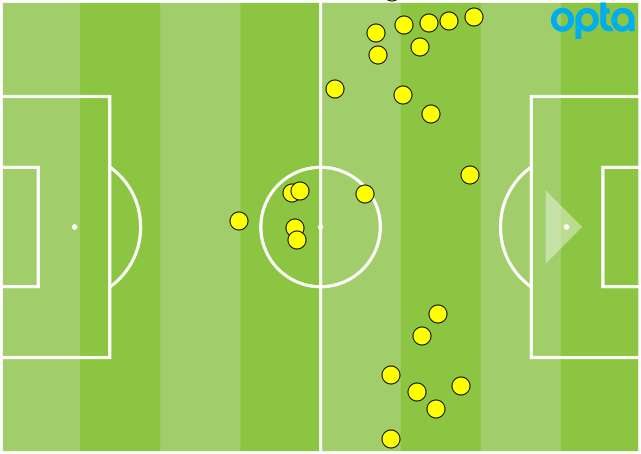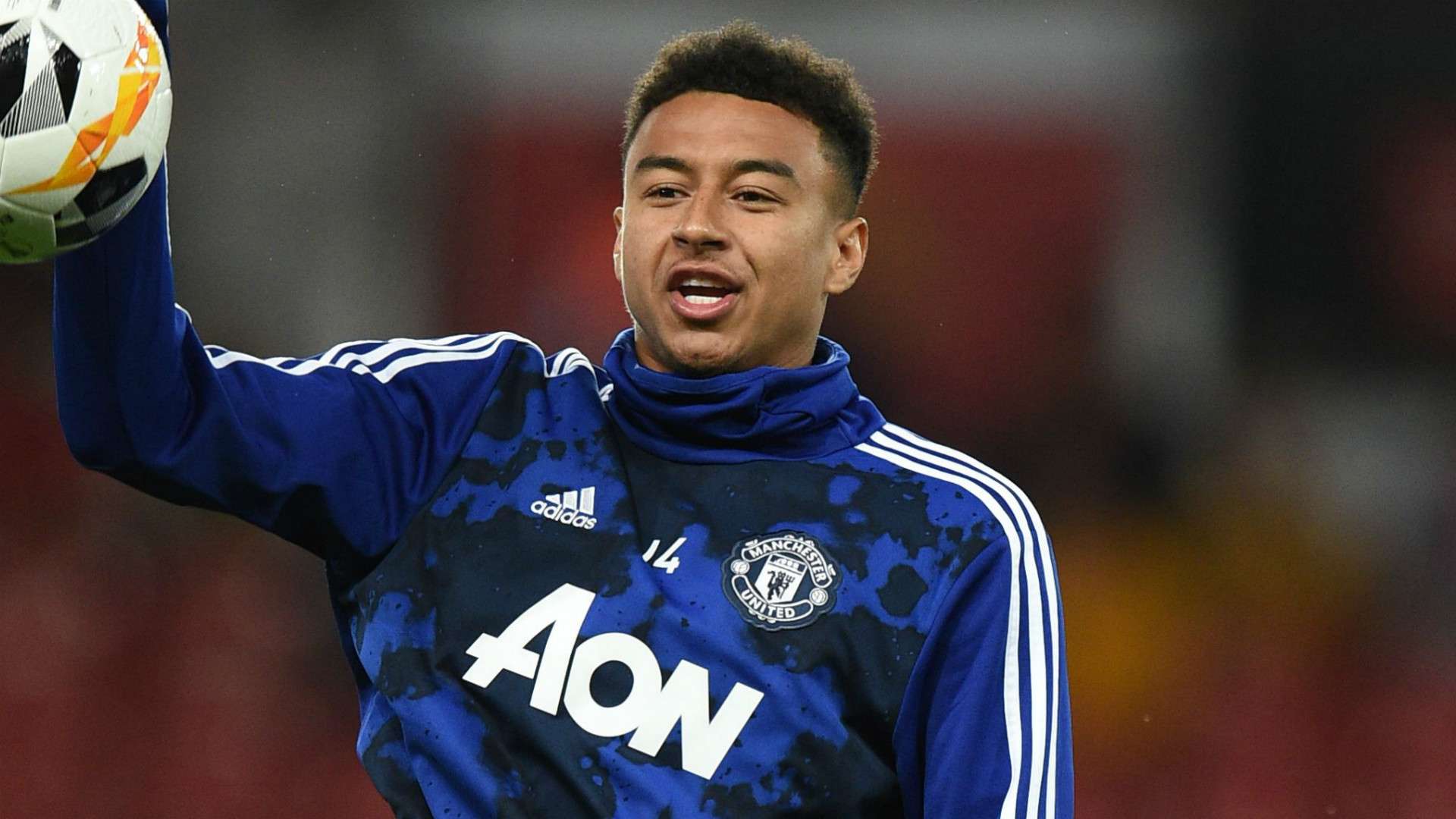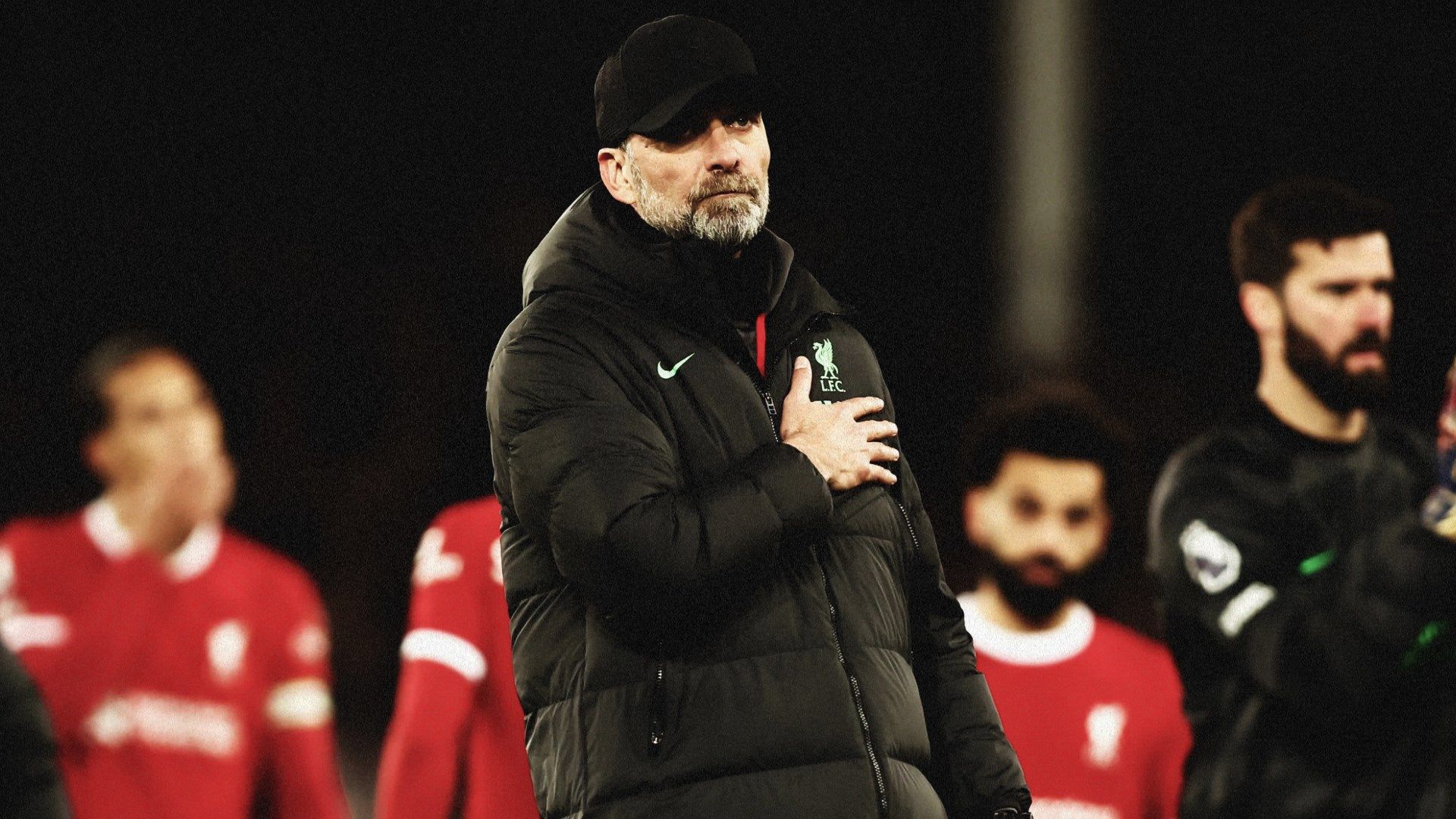Manchester United put in another lacklustre performance in their 2-0 defeat at West Ham with the Red Devils looking toothless in attack and defensively brittle at crucial moments, but were Ole Gunnar Solskjaer's team selection and tactics to blame for the loss?
Elsewhere, Aston Villa collapsed against 10-man Arsenal after a negative substitution and lucky Liverpool need to improve despite knocking over Chelsea.
Goal breaks down the major tactical lessons from the Premier League's key fixtures...
1) Solskjaer shunning of Lingard costs Man Utd
When Ole Gunnar Solskjaer was first appointed as Manchester United's caretaker manager, his side attacked predominantly through the central column of the pitch, using Jesse Lingard’s energy and Paul Pogba’s forward movement to get close support to Juan Mata.
Over the summer, the Norwegian changed his tactical system, but Sunday’s 2-0 defeat at West Ham was evidence he should never have moved away from a narrow, short-passing strategy.
Mata was so isolated in attacking midfield (Scott McTominay and Nemanja Matic were too safe with their passes to find him) that he constantly drifted into the channels, meaning the visitors were pushed into harmless wide areas over and over again.

PIC: Mata touches vs West Ham (first half)
In addition, West Ham’s block did not have to work hard to shunt Marcus Rashford down the flanks.
In the second half United initially improved as Daniel James and Andreas Pereira tucked infield, their small successes in overwhelming Declan Rice proof that Solskjaer’s side had begun too wide.
However, it was not long before both players relaxed back to the flanks, suggesting it was not a tactical instruction they had received at half-time.
Manuel Pellegrini later solidified the midfield by introducing Jack Wilshere – adding a sense of calm control in the centre – and United never looked like coming back into the game.
Lingard should have started the match as Solskjaer needed to get more bodies through the middle, bunched together for faster, more fluid football.
2) Nervous Smith costs Villa as Arsenal take advantage
For 70 minutes against Aston Villa it was typical Arsenal; applying no pressure to the ball and allowing opponents to counterattack straight past them.
Dean Smith’s decision to play two fast wingers, Trezeguet and Anwar El Ghazi, paid off as the visitors broke consistently into the spaces behind Arsenal’s full-backs, who were sitting too high up the pitch.
But then Villa collapsed.
A nervous tone was set by Smith’s negative substitution just seven minutes after Villa took the lead for the second time, with Ahmed Elmohamady replacing Trezeguet.
The change appeared to infect the Villa players with their manager’s anxiety and they immediately dropped deep to absorb pressure from the 10 men of Arsenal. It was Villa’s negativity during this period of the match that led directly to the equaliser.
The mix-up between Tyrone Mings and Neil Taylor for Calum Chambers' equaliser was the result of an overly-crowded penalty area, coming from a second-wave attack during which Villa failed to move their back-line up the pitch.
From there, the Arsenal winner was inevitable. In a carbon copy of Villa’s first game of the season at Tottenham, nervous and conservative management from Smith cost his side valuable points.
3) Lucky Liverpool must find midfield solutions as pressure mounts
Liverpool did not so much grind out a 2-1 win at Stamford Bridge as ride their luck.
This was the first time in 2019-20 that the Reds had to sit back and absorb pressure, holding just 28 per cent possession for the final 25 minutes, and it did not inspire confidence.
Chelsea had two golden opportunities late in the game - a Michy Batshuayi header and Mason Mount left-footed shot – that should have earned them a point, and in both instances Liverpool were too vulnerable on their right.
Jurgen Klopp’s 4-3-3 generally leaves big patches of grass either side of the midfield three, particularly later in games when the central trio are too tired to move wide.
 Getty Images
Getty Images
As Willian moved through the gears, switching the play with long diagonals, Trent Alexander-Arnold was repeatedly left exposed. There is little chance that Mohamed Salah will ever dig in and track back, which is why in the future Klopp must react quicker to the unfolding situation.
His 91st minute change, moving to a back three that allowed Alexander-Arnold to step out, worked well and could be relied upon in future.
But if Klopp does not want to unsettle the defence, then he at least needs to move from 4-3-3- to 4-4-2.
When James Milner came on for Sadio Mane, Klopp moved Georginio Wijnaldum into the attack; it would have made more sense to keep the Netherlands international in midfield and move to a more conservative system.
4) Watford's lack of belief brutally exposed by City
Even before a ball had been kicked Watford’s team selection against Manchester City indicated a lack of self-belief.
Quique Sanchez Flores began without a centre-forward, preparing for an onslaught that duly began within seconds of the kick-off.
Clearly scarred by the 6-0 defeat in the FA Cup final, the tactical issue on Saturday was being far, far too defensive.
Kevin De Bruyne has consistently moved out to the inside-right channel this season in order to swing crosses into the box, and so it should not have caught Watford by surprise when he did so inside the first minute.
They certainly should have closed him down, but Will Hughes was so terrified of the Man City players that he went into a back five alongside his right-back, marking no-one and leaving De Bruyne free to cross for David Silva.
For the next 14 minutes Watford barely attempted a tackle, backing off repeatedly and simply watching as the hosts tore them apart.
There is no point approaching Man City with relentlessly negative tactics. It will only trigger a psychological dip that ensures total destruction.
5) Wilder shows he is willing – and able - to adapt
Sheffield United are a ball-playing side who, in a 3-5-2, look to switch positions with one another to create a fluid formation that prioritises pulling opponents out of shape.
But at Everton they were a completely different side, holding just 30% of the ball by sitting deep and frustrating their hosts. The Blades had just two shots on goal and scored from both.
 Getty Images
Getty Images
In direct contrast to Villa, Sheffield United are learning that the Premier League presents them with an entirely different dynamic than the top end of the Championship, and while Wilder continues to play his way at Bramall Lane, he has coached a dramatically different approach for away games.
Everton should have converted some of their chances and, once again, they lacked a clear identity in the 90 minutes, but credit to United for sticking to a game-plan that must be tedious and counter-intuitive to Wilder’s players.


.jpg?auto=webp&format=pjpg&width=640&quality=60)

.jpg?auto=webp&format=pjpg&width=640&quality=60)